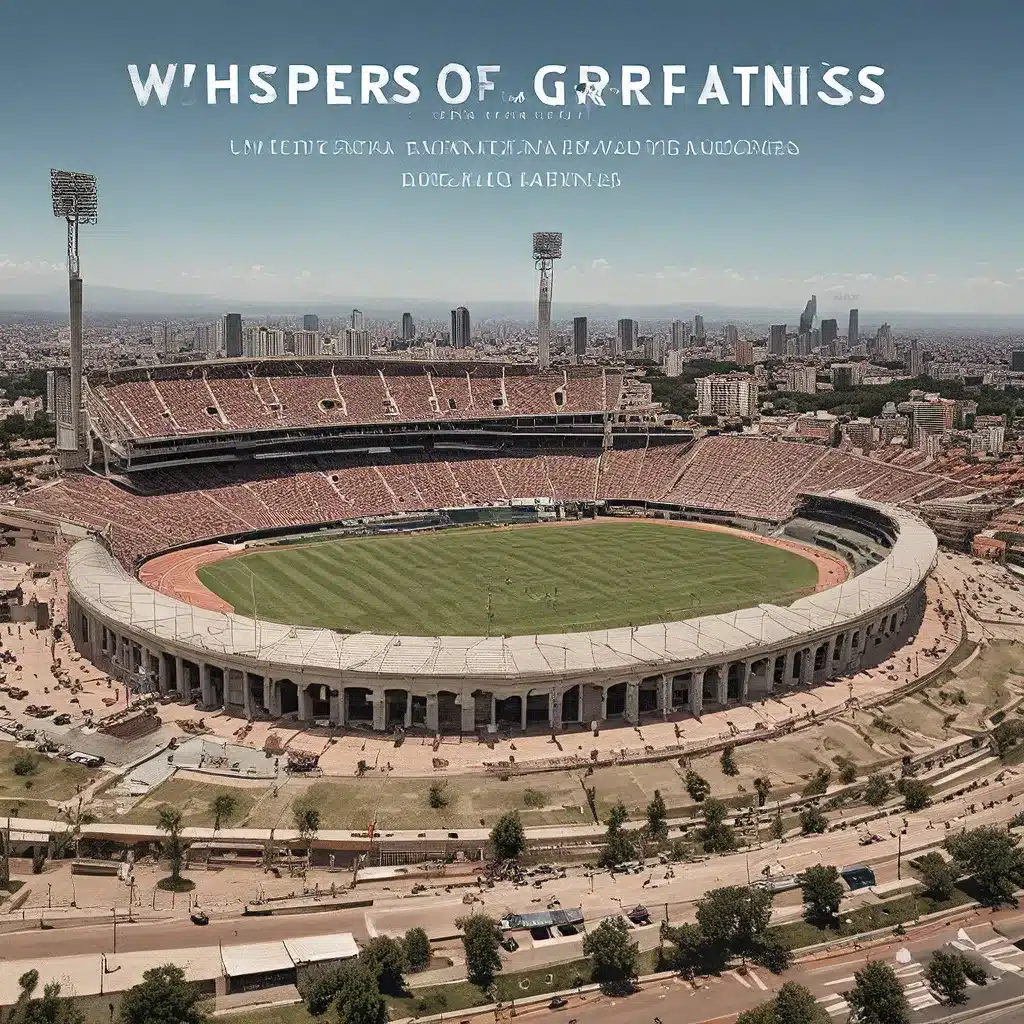
Nestled in the heart of Santiago, Chile, the Estadio Nacional Julio Martínez Prádanos stands as a testament to the country’s rich sporting heritage. This iconic stadium, often referred to as the “Colossus of Ñuñoa,” has been the epicenter of numerous sporting events, cultural celebrations, and historical moments that have captivated the nation and the world.
A Storied Past: The Evolution of Estadio Nacional
The origins of Estadio Nacional can be traced back to the early 20th century, when the Chilean government recognized the need for a modern, state-of-the-art sporting facility to host national and international events. Construction began in 1937 under the direction of renowned architect Ricardo Müller, and the stadium officially opened its doors in 1938, just in time for the IV Sudamericano, the precursor to the modern Copa América.
Over the decades, Estadio Nacional has undergone a series of renovations and expansions, each one aimed at enhancing the fan experience and adapting to the evolving demands of the sporting world. In 1962, the stadium played a pivotal role in hosting the FIFA World Cup, a landmark event that cemented Chile’s status as a global sports destination.
Architectural Marvels and Design Innovations
The architectural design of Estadio Nacional is a masterful blend of functionality and aesthetic appeal. The stadium’s distinctive horseshoe-shaped structure and imposing concrete facade have become iconic landmarks in the city’s skyline. One of the most remarkable features of the stadium is its retractable roof, a groundbreaking innovation that allows for seamless transitions between indoor and outdoor events, ensuring the comfort and enjoyment of spectators regardless of the weather conditions.
The stadium’s attention to detail extends beyond its physical structure. Carefully crafted seating arrangements and state-of-the-art facilities cater to the needs of both athletes and fans, creating an immersive and enjoyable experience for all who enter. The stadium’s commitment to accessibility and inclusivity is also noteworthy, with accommodations for individuals with disabilities and dedicated family-friendly areas throughout the venue.
A Playground for Legends
Estadio Nacional has been the stage for some of the most iconic moments in Chilean and international sports history. The stadium has hosted numerous football (soccer) matches, including the finals of the Copa América in 1955, 1991, and 2015, as well as crucial World Cup qualification matches for the Chilean national team.
Beyond its football legacy, Estadio Nacional has also played host to a diverse array of sporting events, from rugby and American football to athletics and cycling competitions. The stadium’s versatility has allowed it to accommodate a wide range of athletic pursuits, solidifying its status as a true “stadium of champions.”
A Cultural Beacon
Estadio Nacional’s significance extends beyond the realm of sports, as it has also served as a cultural epicenter for the Chilean people. The stadium has been the setting for concerts by renowned artists, including international superstars and local musical icons. These events have not only entertained the masses but also fostered a sense of national pride and unity among the Chilean populace.
The stadium has also played a crucial role in the country’s history, serving as a site of political and social significance. During the Pinochet dictatorship in the 1970s, the stadium was infamously used as a detention and torture center, a dark chapter that serves as a solemn reminder of the importance of human rights and democratic freedoms.
Preserving the Legacy
Today, Estadio Nacional continues to be a source of immense pride and joy for Chileans, who cherish its rich history and vibrant present. The stadium’s importance is not lost on the nation’s government and sports authorities, who have invested significant resources into preserving and modernizing the venue to ensure it remains a world-class facility for generations to come.
Ongoing efforts to enhance the stadium’s sustainability and implement eco-friendly practices further cement its commitment to environmental responsibility and community engagement. The stadium’s role as a community hub is further strengthened by its partnerships with local organizations and charities, which leverage the venue’s platform to make a positive impact on the lives of Chileans.
As the Estadio Nacional Julio Martínez Prádanos continues to write its story, it remains a beacon of inspiration for sports enthusiasts, cultural aficionados, and history buffs alike. Its enduring legacy serves as a testament to the power of architecture, sports, and community to shape the collective experiences and memories of a nation. For those who have had the privilege of stepping into its hallowed grounds, the whispers of greatness that echo through its corridors will forever resonate in their hearts and minds.

